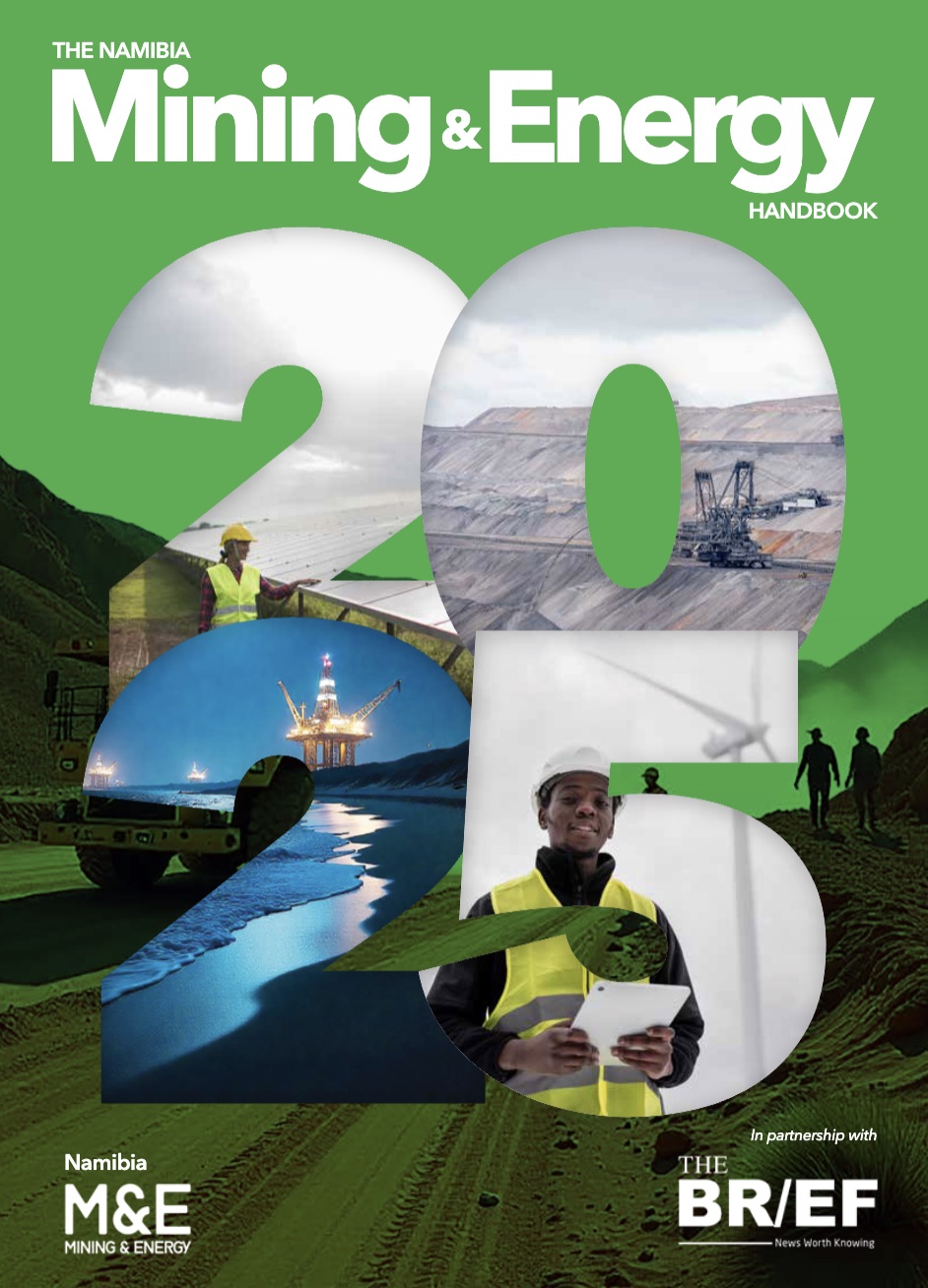
By Martha Haipinge
The other day, I came across an article, detailing the state of Namibia’s green-hydrogen programme following the departure of its founding head.
The commentary raised useful concerns, but it also drew conclusions that, in my view, miss the heart of the issue.
While I cannot speak to the allegations of xenophobia alluded to by the commentary, I can speak to issues of systems and institutions. And from that lens, for me, the challenge facing Namibia’s green hydrogen agenda is not a “leadership void,” it is a “systems void.”
This is to say, the real test for our green-hydrogen dream is not whether one man remains at the helm, but whether the vision has been embedded within our national institutions strongly enough to stand on its own.
Personalising Policy Is a Structural Risk
Describing a national development agenda as having “lost its brain and heart” is not only dramatic, but it also reveals a deeper problem.
When the success of a state priority becomes synonymous with one individual, that is not strength; that is structural fragility.
To credit the green-hydrogen programme solely to a single figure is to overlook an entire ecosystem of professionals, engineers, economists, financiers, planners, and negotiators, who continue to work behind the scenes.
Namibia does not lack the technical depth to advance its green-hydrogen ambitions; what has been missing is an institutional framework that organises and sustains that expertise within a coherent national system.
So, this is not about personalities. It is about institutionalisation, the process through which ideas, roles, and procedures are embedded so that programmes survive political or personnel changes.
Political scientist Samuel Huntington called it the hallmark of political development. Without it, momentum becomes personal property rather than public capital.
What Went Wrong?
The truth about the fragility of Namibia’s green hydrogen program is simpler and less sensational. The green-hydrogen initiative has not been fully mainstreamed into Namibia’s broader governance machinery.
It sat at the intersection of energy, investment, environment, and diplomacy, yet, somehow, belonged completely to none.
When an initiative floats between ministries without a legally defined home, clear budget line, or dedicated implementing agency, its continuity depends on personalities. Once those personalities move on, coordination stalls.
That is not a failure of talent/skills; it is a failure of structure. If things were done right, a well-institutionalised green hydrogen programme would have:
- a statutory or cabinet-approved framework setting out mandates and accountability lines.
- technical and policy units nested in relevant ministries.
- integration into national planning instruments and budget processes; and
- systematic capacity-building to expand the bench of expertise.
The absence of that would expose any programme to political transitions no matter how visionary. This is what we are currently witnessing.
On Technical Depth
The suggestion that no senior leader has matched the departing head’s fluency in finance, policy, or global diplomacy is not only speculative, but it also risks insulting a capable nation. Namibia has produced leaders, scientists, and negotiators who have represented it competently across sectors both national and at global stage.
To imply that one individual’s exit equates to the loss of national intellect is to understate our institutional potential.
The real question we need to dwell on is not who will replace him, but what will replace the vacuum, what institutional arrangement will ensure that knowledge, coordination, and strategic drive are shared, taught, and sustained? Development cannot hinge on individual brilliance; it must rely on reproducible systems.
Re -Thinking the Institutional Design
The task at hand is, if green hydrogen is to fulfil its promise, Namibia needs to re-engineer the governance model around it by:
- Mainstreaming the agenda within national energy and industrialisation strategies, tied to the Medium-Term Expenditure Framework and Vision 2030 goals.
- Clarifying institutional ownership, whether through a specialised agency or a hybrid of existing ministries and assign clear authority, reporting lines, and accountability.
- Investing in institutional capacity, constituting teams that blend policy, finance, engineering, and diplomacy, while ensuring institutional memory and technical resilience.
- Strengthening political buy-in through engagement with parliamentary and cabinet committees, as well as ensuring that regional structures treat green hydrogen not as a project, but as part of Namibia’s economic transition plan.
Only with these foundations can we ensure that leadership changes become routine, and not crises.
Broder Lessons
Namibia’s green-hydrogen experience offers a cautionary tale for development planning especially across Africa and that is, when innovation outpaces institutional design, even the most promising ventures risk stalling.
However, when systems are built to carry the load through law, capacity, and coordination, vision can mature into legacy. The issue, therefore, is not that Namibia has lost its “hydrogen brain.” It is that the country has yet to build the institutional body capable of carrying that brain’s ideas forward.
In closing, we can all agree that green hydrogen holds immense potential for Namibia. To unlock it, we must look beyond personalities and fix the governance machinery itself. Systems, not individuals, guarantee continuity.
Institutions, not charisma, translate dreams into durable progress. If we take that to heart, the hydrogen agenda will not “flicker”; it will be grounded and strengthened, turning vision into something that lasts.
*Martha Haipinge is a governance and development practitioner serving with the United Nations in Zambia, and a PhD candidate in Public Administration at the University of Namibia, focusing on public-sector governance and institutional reform.






